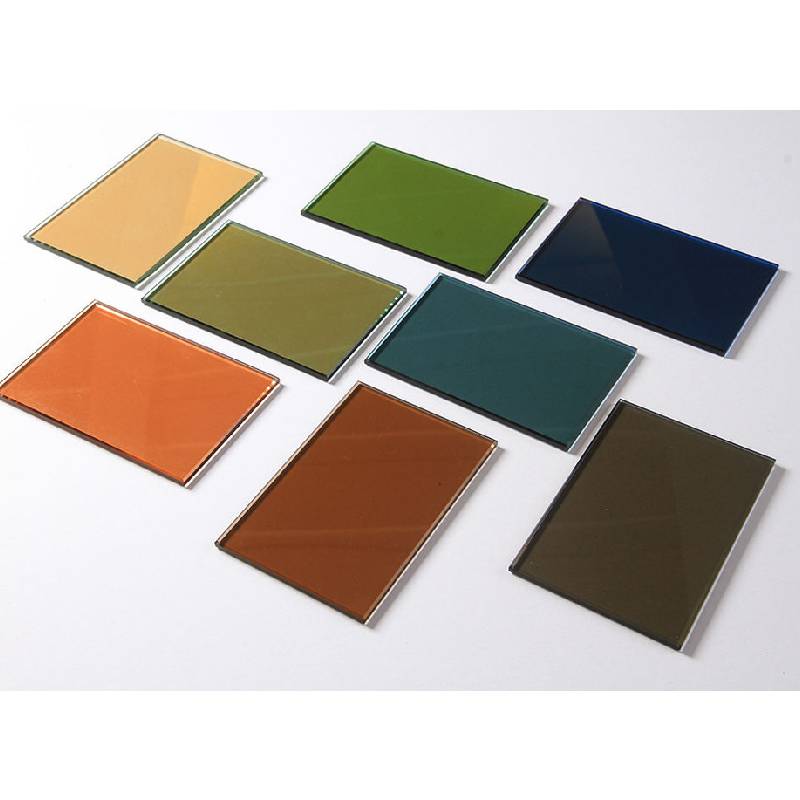

The Factors Influencing Acid Etched Glass Prices
Acid etched glass is a popular choice in various applications, from architectural design to decorative arts. The process involves applying acidic substances to glass surfaces, creating unique patterns that enhance both aesthetics and functionality. As demand for this exquisite material rises, understanding the factors that contribute to its pricing becomes essential for consumers, designers, and architects alike.
1. Manufacturing Process
The cost of acid etched glass is primarily influenced by the manufacturing process. The etching technique requires specialized equipment and skilled labor to ensure precision and quality. The glass must first undergo cleaning and preparation before the acid application. This process involves specific time-consuming steps, impacting overall production costs. Variations in techniques—like the use of stencils or free-form designs—can further influence pricing. Custom designs usually command a higher price due to the effort required in crafting unique textures and patterns.
2. Material Quality
Another significant factor affecting acid etched glass prices is the quality of the base glass used. High-quality glass with minimal imperfections is crucial for achieving desirable results. Manufacturers often source glass from specific producers that guarantee clarity and durability, which elevates the overall cost. Furthermore, thicker and larger sheets of glass entail higher prices due to increased raw material costs. Thus, customers often have to weigh their preferences for aesthetics against budget constraints.
3. Design Complexity

The complexity of the design also plays a critical role in pricing. Simple patterns that can be etched quickly and with minimal effort are generally more affordable. On the other hand, intricate designs that require meticulous planning and additional processing will inherently cost more. Customization options available to clients allow for personal touches but come at a premium. These custom designs may involve consultations and revisions, further adding to the final cost.
4. Market Demand and Trends
Market dynamics, including trends and consumer preferences, have a significant impact on pricing. In recent years, there has been a growing trend toward minimalist and elegant interior designs that often incorporate acid etched glass elements. This increased demand can drive up prices, as suppliers may raise costs to reflect their limited availability. Additionally, market fluctuations—such as rises in raw material costs or changes in labor rates—can lead to price adjustments.
5. Geographic Location
The location of purchase can also affect the price of acid etched glass. Regions with higher living costs or more specialized glass manufacturers may see higher prices compared to areas with lower costs. Additionally, transportation costs and tariffs can play a role, especially if the glass is imported from other countries. As consumers continue to seek local handmade products, understanding regional pricing patterns becomes crucial.
Conclusion
In conclusion, the price of acid etched glass is influenced by numerous interconnected factors, including the manufacturing process, material quality, design complexity, market demand, and geographic location. As consumers, designers, and architects navigate these variables, it is essential to balance aesthetic desires with budget considerations. With a growing appreciation for the unique qualities of acid etched glass, understanding its pricing structure empowers stakeholders to make informed decisions about their purchases. Whether for residential, commercial, or artistic use, acid etched glass remains a sought-after material that beautifully merges artistry with functionality.